|
Our second day in Israel started with a buffet breakfast at the Grand Beach Hotel in Tel Aviv. After breakfast we joined the rest of our group in the hotel lobby to board the tour bus for our journey northward along the Mediterranean coast. The bus pulled away from the hotel and turned north onto the main coastal road through Tel Aviv. We travelled approximately 20 minutes through the city before reaching the outskirts where it would take us another half hour before our first stop in Caesarea. As we travelled along the coast, our guide, provided some cultural backdrop about Israel and Judaism. One of the first things he shared was the strict observance of halakha (Jewish religious law) by conservative and Orthodox Jews. Observing Halakha is especially significant during the Sabbath (sunset Friday to just after sunset Saturday). We noticed this at our hotel in Tel Aviv as we had arrived on Friday afternoon. One of the hotel elevators was designated “Sabbath”. We had been advised not to use this elevator as it stops at all floors during the Sabbath. The reason for this is that the use of electricity is forbidden by Jews on the Sabbath. By entering the specially designated elevator, there is no need to press any buttons (which generates the flow of electricity) as the elevator is programmed to stop at every floor both while ascending and descending. Religious Jews also tend to live near Synagogues in order to avoid driving vehicles during the Sabbath and since lighting a stove is also restricted, their Sabbath meals are eaten cold. Our mid-morning arrival at Caesarea was washed in sunshine and bright skies. We exited the bus in the parking lot just outside the entrance to Caesarea National Park which contain the ruins of the ancient Roman city. Caesarea was built along the seashore as a major port between 25 and 13 BCE by King Herod the Great. While it was initially set up as the administrative centre for Judea Province of the Roman Empire it was subsequently conquered and ruled by the Byzantine Empire from the 4th century to 7th century. In the 7th century, it was the last city in the Holy Land to fall to the conquering Arabs who ruled it until the arrival of the Crusaders at the beginning of the 12th century. Caesarea regained some of its former greatness under the Crusaders until it was eventually conquered again by the Arab Mamluk Sultan Baybars who attacked the city in 1265. Fearing that the Crusaders would return, the Mamluk’s razed Caesarea to the ground and abandoned the city. Despite (or maybe because of) the many conquests, there remains a wealth of archeological ruins in the National Park. Of significance is the large Roman Amphitheatre and Hippodrome which cover a large area along the coastline. Between the Amphitheatre and the shoreline are the ruins of King Herod’s Palace - the upper palace for public gatherings and the lower palace for private engagements. This area also includes the ruins of a private pool which stretches out into the Mediterranean. King Herod’s Caesarea is also the site where Peter baptized the Roman Centurion Cornelius, who became the first non-Jew to become a Christian. Other visible ruins from the Roman period include baths and an aquaduct. Walking north along the shoreline and past the Hippodrome some of walls and structures from the Byzantine, Muslim and Crusader periods have also been excavated. We ended our visit to Caesarea at a juice stand at the exit to the ruins. A vendor was squeezing fresh pomegranates and oranges into cool, refreshing juices and we couldn’t resist the bright red nectar of the pomegranate. Our next stop along the north western coast of Israel was at Haifa, Israel’s 3rd largest city with a population of approximately 300,000. Haifa is a major port in Israel and is bordered by the Mediterranean Sea on one side and Mount Carmel on the other. We began our tour of Haifa with a visit to the Stella Maris Monastery and Church, located on the side of Mount Carmel and reportedly situated above the grotto that served as the home of the prophet Elijah. The Monastery serves as the worldwide centre of Carmelite spirituality. There are several religions represented in Haifa including Judaism, Christian and Muslim along with one of the world’s newest religions, Bah’ai. Bah’ai’s believe in the oneness of God, the unity of humanity and the essential harmony of religion. It is a monotheistic religion that sees each of the major religions and their prophets (Buddha, Jesus, and Muhammad being the most recent in the period before the Báb and Bahá'u'lláh) as an orderly and progressive revelation of the one true God. The prominence of the Bah’ai religion in the area around Haifa and Acco is manifested in one of the most visited sites in Israel - the Bah’ai Gardens, a World UNESCO Heritage site on Mount Carmel in Haifa. We were awed by the beauty and symmetry of the terraced gardens and the incredible vistas from the top of Mount Carmel over the port of Haifa and the Mediterranean Sea beyond. Just another 20 minutes up the coast we arrived at Acre - known locally as Akko. While only comprising a population of around 50,000 it is purported to be the oldest continuously inhabited settlement on Earth. It is home to Jews, Muslims, Christians and Bah’ai’s (who regard it as the holiest city of their faith). Much like Caesarea, Akko underwent several conquests dating back to the Bronze Age including by Persians, Romans, Byzantines, Muslims, Crusaders and Mamluk’s. The old city of Akko is designated a UNESCO World Heritage Site and its main building is an Ottoman Fortress built on the foundation of a Knight’s Hospitaller citadel. We walked through the secret tunnels of the original Crusader fortress that run under the city out to the sea. As we exited the fortress we arrived in a square that led to another market on the streets of Akko. We found a spot for a late lunch and feasted on falafel and shwarma then walked around the market where we spotted a street vendor selling an interesting popular Middle Eastern desert called malabi. It is a creamy, milk-based pudding that is flavoured with rosewater. Though quite tasty, the texture was very different to what we were expecting. Since Akko was our last scheduled tour for the day, we boarded the tour bus for the one hour drive east towards the Sea of Galilee Hotel in Magdil where we would be spending the next 2 nights. We arrived just after sundown and checked in to this brand new hotel just off the shores of the Sea of Galilee. The hotel had only been open a couple of weeks and while it was pristine and modern, it wasn’t quite fully finished. It was comfortable though, and featured a modern bar and lounge just off the main lobby. Our room had a magnificent view over the hotel pool and beyond to the Sea of Galilee which offered a sensational sunrise that would summon the beginning of our 3rd day in Israel. Continue to Day 3 - click here Are you considering a trip to Israel? Contact us for expert advice and assistance for your Israel trip planning.
0 Comments
Your comment will be posted after it is approved.
Leave a Reply. |
Sharing Our Travel DreamsSharing our personal experiences onboard and on the road, along with tips and insight for creating memorable vacations. Archives
March 2021
Categories
All
|







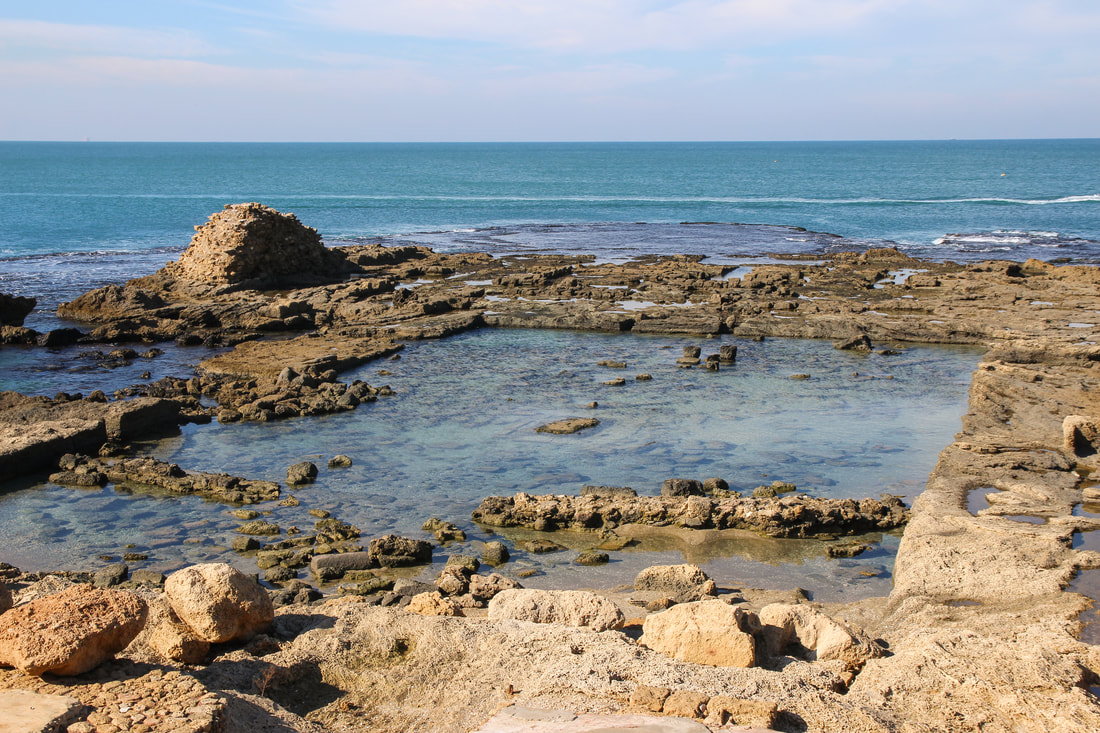
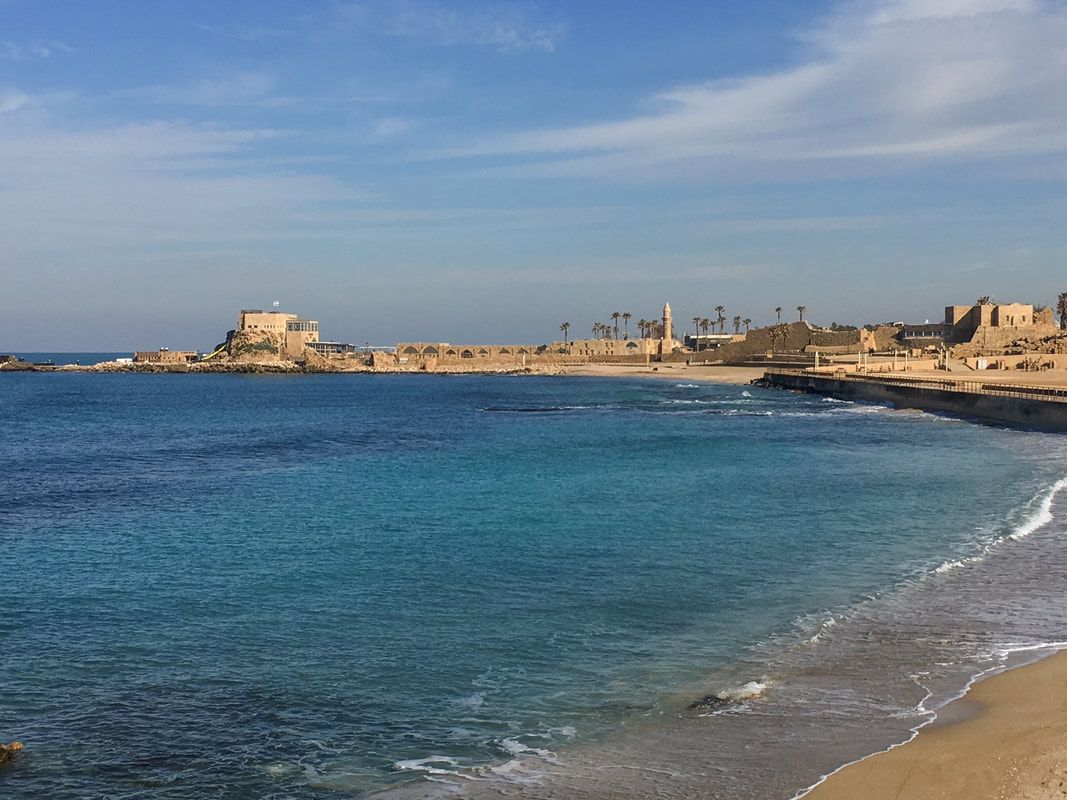


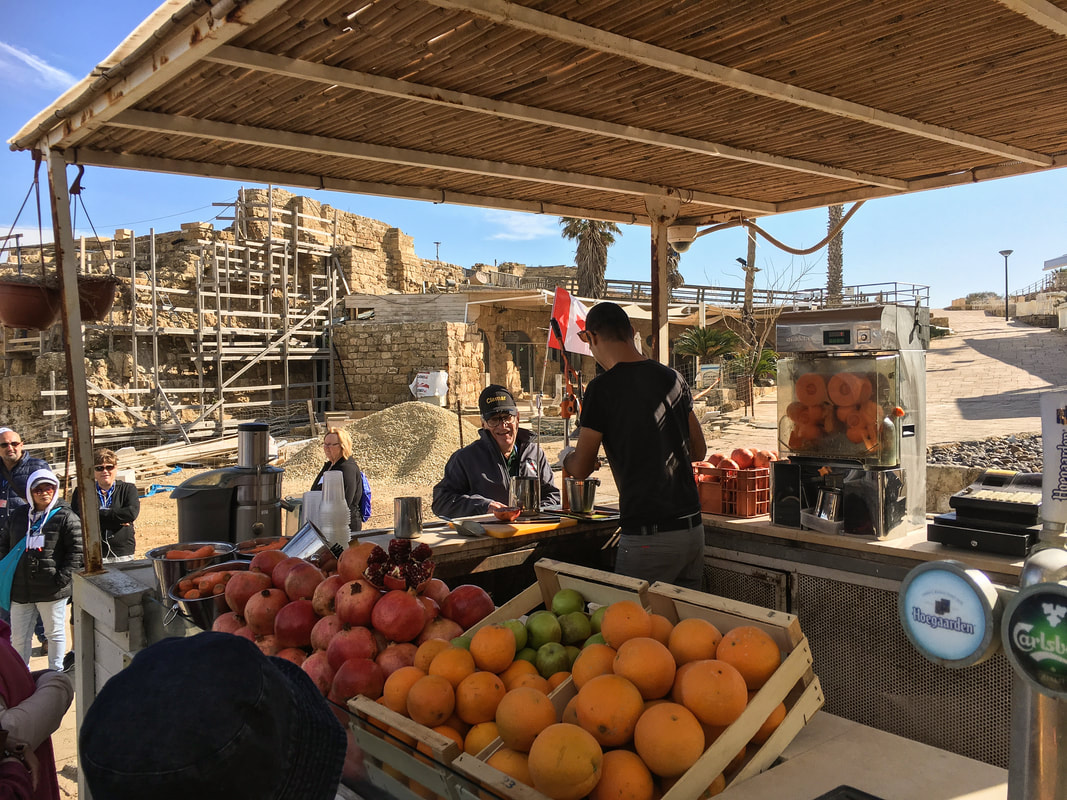





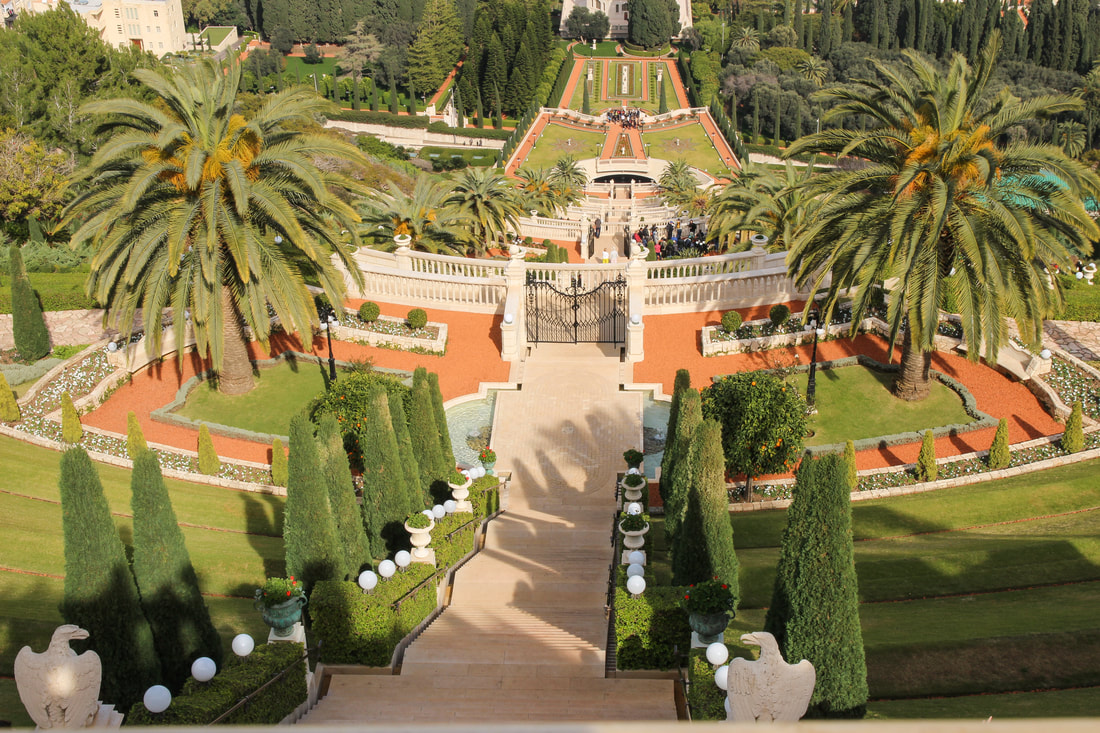


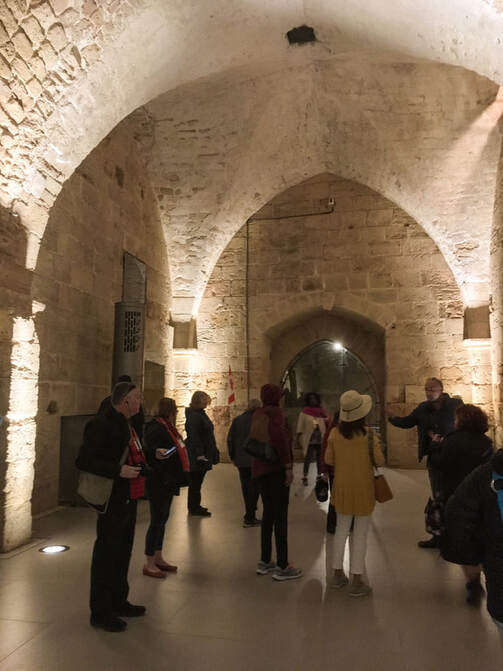


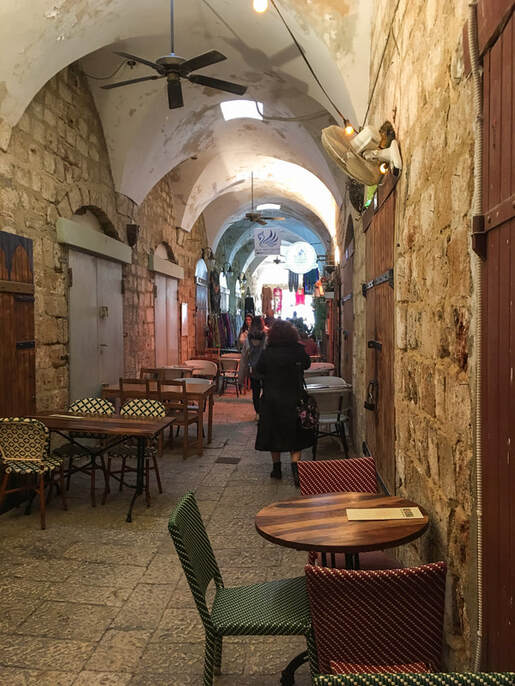



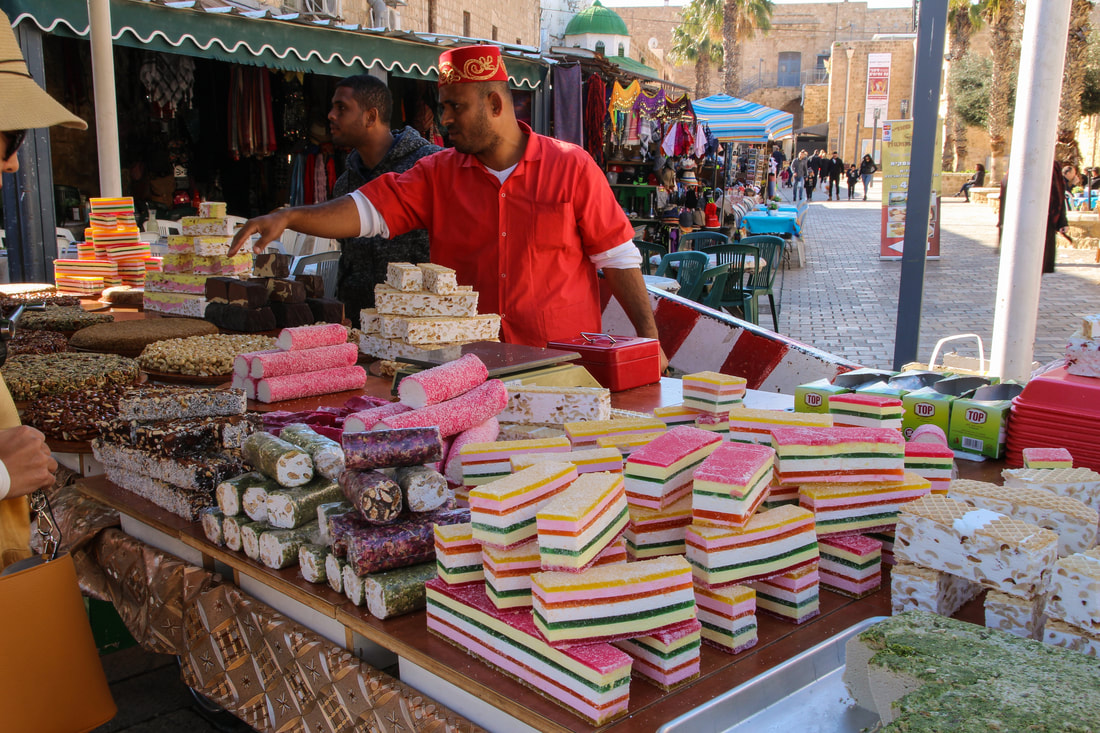



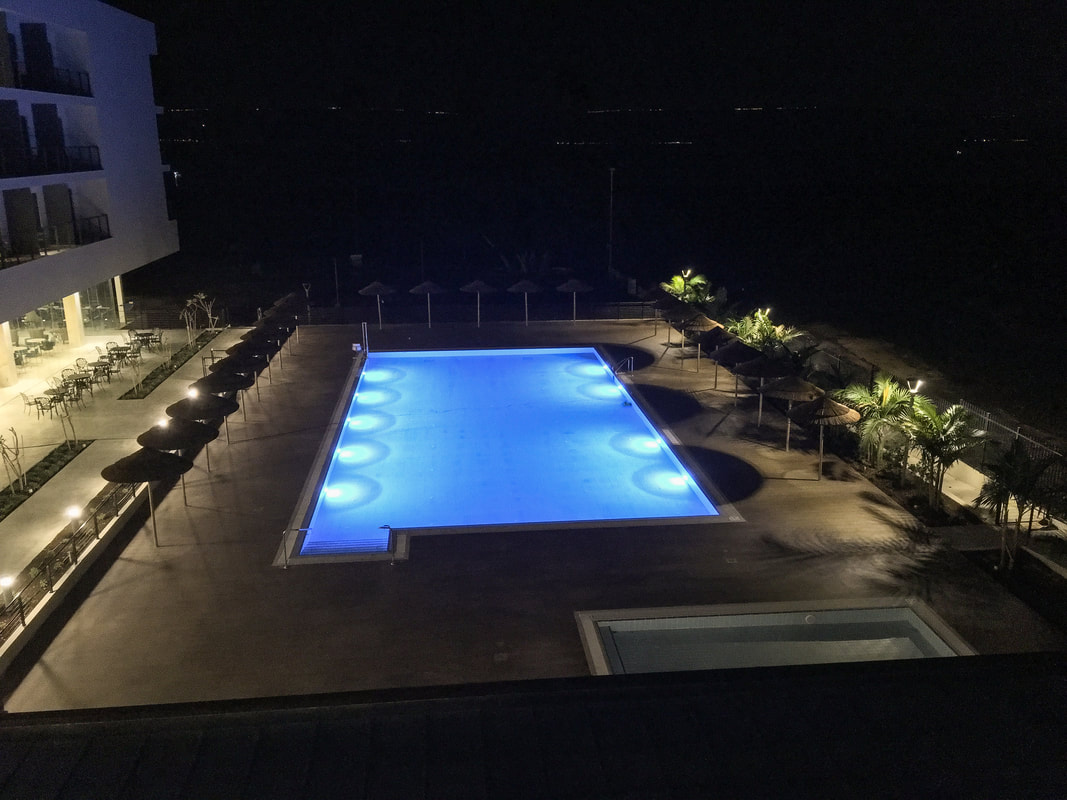
 RSS Feed
RSS Feed